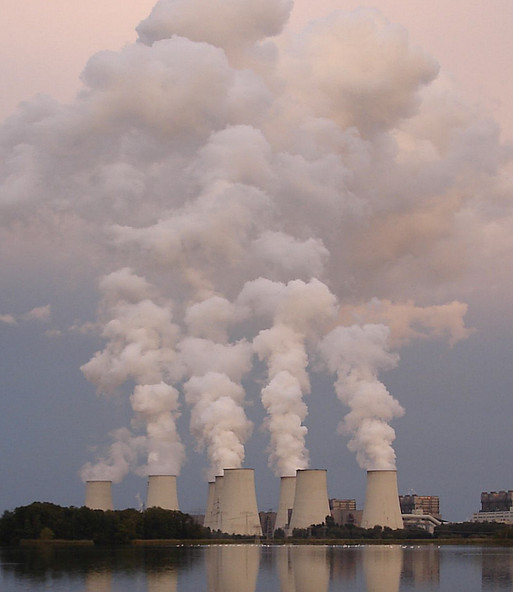Mikrobielle Emissionen aus Kühltürmen / Microbial emissions from cooling towers

Ein weiterer Aspekt des Projektes ist die Verbesserung der Methode zum Keimnachweis im Schwaden. Eine technisch angemessene Beurteilung des Gesundheitsrisikos macht es notwendig, die tatsächliche Menge an Legionellen im Schwaden nachzuweisen. In mehreren Kühltürmen werden in praxisnahen Tests verschiedene Methoden der Keimsammlung verglichen. Dies wäre ein realistischeres Bewertungskriterium als die Interpretation von Legionellen im Kühlwasser, da eine Korrelation des Gehalts im Wasser zur Konzentration im Schwaden bisher nicht möglich ist.

In the water of industrial cooling circuits a large number of bacteria occur. Legionellae, which are emitted into the environment through the cooling tower during the evaporation cooling process, should be taken into consideration in this context. In order to avoid health risks for humans in this area, it is necessary to keep the germ content in the circulatory system low. Since legionellae are predominantly growing in biofilm and on surfaces, the influence of materials and water content on the germ growth is investigated in the project. The findings gained in this way can serve to counteract this growth by modifying the mode of operation.
Another aspect of the project is the refinement of the method for the detection of germs in the swath. A technically appropriate assessment of the health risk makes it necessary to record the actual quantity of legionellae in the swath. In several cooling towers, different methods for collecting germs are compared in practice-oriented tests. This would be a more realistic assessment criterion than the interpretation of legionellae in the cooling water, since a correlation of the content in the water to the concentration in the swath is not possible so far.
Beteiligte/Researchers:
Michael Pietsch, Beate Kraft, Wolfgang Kohnen
Förderung/Funding:
VGB-Forschungsstiftung / VGB Research Foundation (VGB-Nr. 390)
Zeitraum/Period:
2015 - 2019